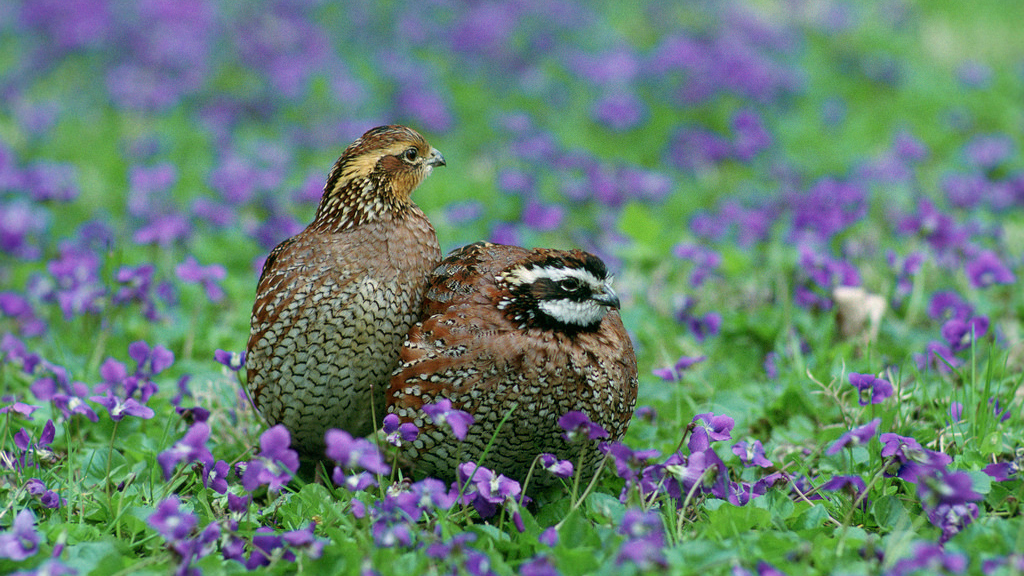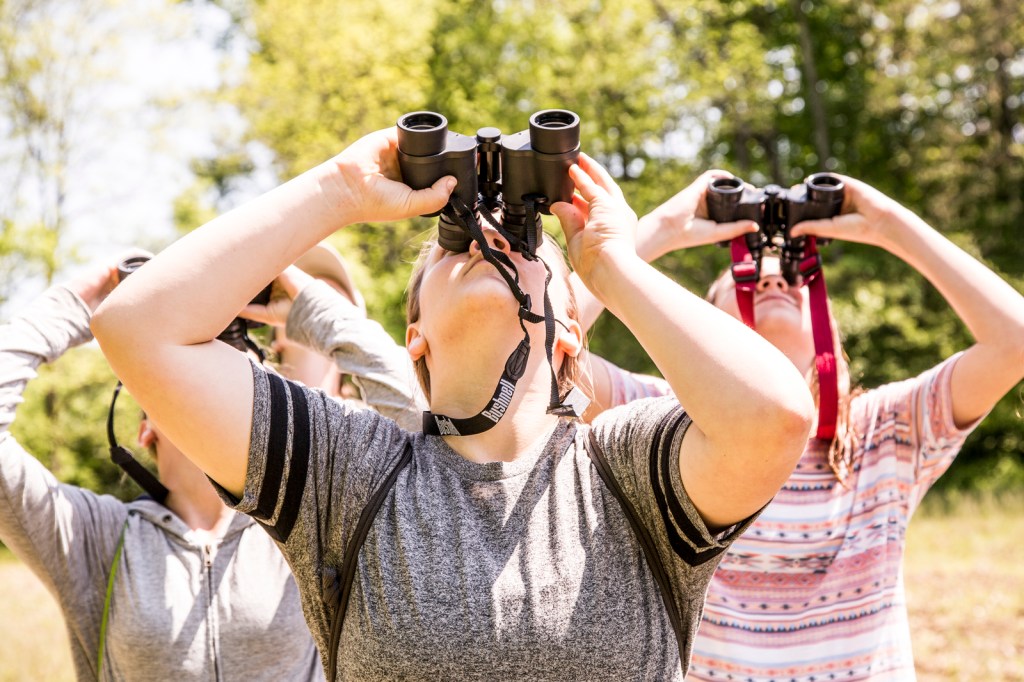This post has been updated with information for the 2021 bird count.
Want to help bird conservation?
This weekend, just grab a notebook, a field guide and binoculars if you have them. Head out to a local park or look outside your window. And start counting birds.
The Great Backyard Bird Count, held from February 12-15 2021, is one of the largest global citizen science initiatives.
A joint project of the National Audubon Society and Cornell Lab of Ornithology, the Great Backyard Bird Count (GBBC) invites everyone from new bird watchers to serious life listers to submit the birds they’ve spotted.
Participants can record sightings for as few as 15 minutes.
Just record the birds you spot, follow the GBBC’s bird counting rules and submit your list.
Your own bird sightings may not seem that important to science. But taken as a whole, the GBBC represents a substantial data set: In 2020, more than 249,00checklists were submitted, recording more than 6,900 bird species.
How do these observations help scientists?
The count can help conservationists detect long-term trends in bird populations. Some species, including several winter finches, explode in populations in certain years (a phenomenon known as irruption). Other species change migration paths or dates due to weather. In 2012, for instance, GBBC participants noted early migrations for red-winged blackbirds, sandhill cranes and snow geese.
I have followed the spread of Eurasian collared doves through the count. Ten years ago, this non-native species was not reported in Idaho. In 2012, GBBC participants noted 719, consistent with a nationwide trend of this species’ spread.
I’ve been a GBBC counter for more than five years, spending an hour or two sitting quietly in my backyard (I always end up spending more time than I planned).

I always keep an eye on the backyard wildlife, but I’m still surprised by what I see when I devote time to careful, purposeful observation. One year, I spotted a Cooper’s hawk, the first time I ever noted this species in our yard. Some counts, American goldfinches are at the feeder by the dozens, while other years I only see one or two. The valley quail have notably increased around the neighborhood.
One year, while sitting quietly for an extended period, two goldfinches started fluttering inches from my face. It took me a second to determine why: they were seeking a place to land. I froze, and the two little birds landed on my head, their soft calls filling my ears.
I can’t promise a similar close encounter, but I know you’ll have fun and likely gain some new insights into your local feathered neighbors.
The GBBC web site can get you started. I hope you join me and more than 100,000 other bird conservationists this weekend. I’ll post my counting results to this blog next week. Happy counting!




I want to add to the count as I forgot to add a list a made later that day. Can it be done?